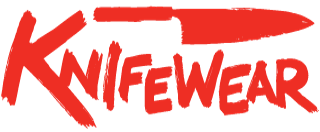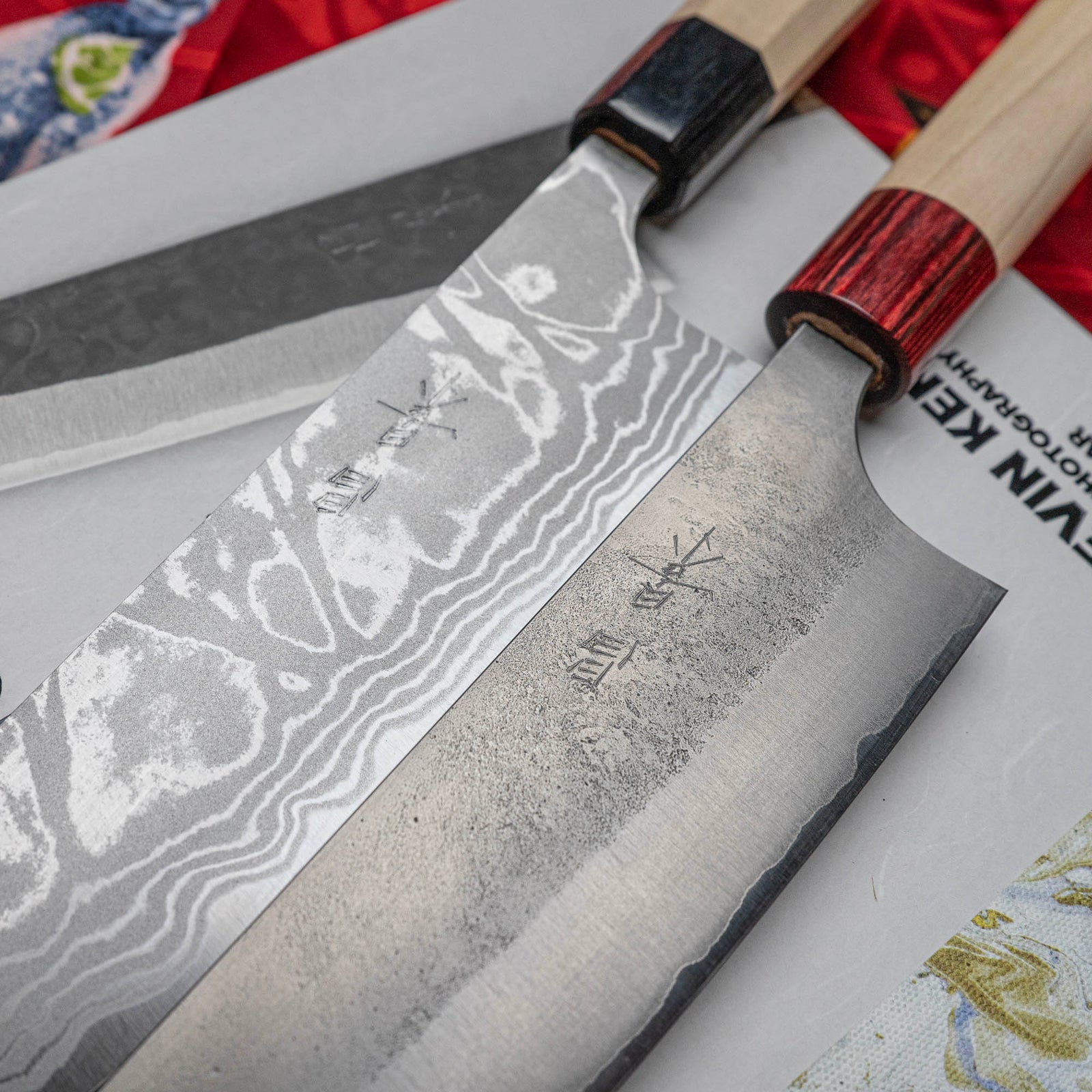Free shipping on orders over $100 - Excluding konro grills
Free shipping on orders over $100 - Excluding konro grills
Japanese Knives
Sharpening
Accessories
Charcoal Royal Rumble: Binchotan v.s. Ogatan v.s. Shirozumi
June 15, 2023 4 min read

Who knew that charcoal could be so complicated? For something so ubiquitous with backyard burgers and dogs, you’d think that the average person would know a little bit more about how to use the stuff. Most of us can picture Homer Simpson’s mushroom cloud when he used a little too much lighter fluid. Maybe you’re lucky enough to have witnessed one first hand and still have your eyebrows. When I’m cooking on my grill or smoker—any “natural” heat source—I find it really helpful to think of the fuel as an ingredient. I’m picky about what wood I use in my smoker, so naturally I’m picky about what charcoal I fire up for the grill. You can taste the difference. The best tasting options, in my opinion, originate in Japan. Today, I'll break down the differences between the 3 types of charcoal that we love to use at Knifewear—binchotan, shirozumi, and ogatan.
Making charcoal, especially these styles, is more complicated than lighting a bunch of wood on fire and sifting through the ashes for lumps of charcoal. The goal is to minimize the amount of air available to the fire so you burn up the oxygen found in the wood, leaving as much carbon behind as possible. The charcoal companies do this by loading the wood into a kiln and burning a fire there over 7 to 10 days while gradually closing the baffles and restricting airflow to the kiln. Once all of the moisture has been removed and the wood begins to burn, they open the baffles again and incrementally increase the heat until the temperature gets up to around 1000℃. This step is called “Seiren” 精錬 or refining—after this more intense burn, the charcoal is denser and harder, which is what makes it such a great fuel. The final stage is to pull the burning logs from the kiln and extinguish them slowly in a mixture of ash and sand. All three are made using similar methods but differ mostly in materials and place of origin.
Binchotan v.s. Ogatan v.s. Shirozumi
Binchotan is the real deal—made in Japan the same way for hundreds of years out of a very particular wood, Ubame oak. Ubame is denser and harder than other woods and grows in hilly, hard to reach, places. That, coupled with the knowledge that you can only cut down so many trees per year, makes for a very selective harvest. Binchotan is the densest and hardest option; it’s going to burn the longest, provide a radiating heat that is easy to cook over, and smoke, spit, and crackle the least. It also radiates infrared light, which helps cook the food more evenly.
The Knifewear Shirozumi is made out of eucalyptus, selected because it grows easily and quickly, a super sustainable choice. It is produced in Vietnam, using a very similar technique to binchotan. We could say that it’s a binchotan-style if not for the factory location, much like how you don’t call sparkling wine Champagne if it wasn’t made in the right part of France. Best to think of the eucalyptus shirozumi as binchotan light; not as dense and therefore doesn’t burn quite as hot for quite as long, but it's still an incredible performer. If we stick to our wine analogy, Binchotan can sometimes have a Veuve Cliquot price tag while Shirozumi is at more of a Sparkling Riesling price point. Both are delicious.
Ogatan is a more commercial approach to charcoal. The hexagonal logs are made out of compressed sawdust, a byproduct of nearby fruit orchards. Instead of loading whole or split logs into a kiln, these folks take the sawdust, wet to a playdough consistency and extruded like bucatini, and burn them in a very similar fashion as to what you see in Wakayama, the birthplace of binchotan. Ogatan is going to burn the fastest of the three options but is the cheapest and easiest to light. I use ogatan more often than not because I’m using my konro for burgers and sausages more often than I am traditional yakitori—no need to use the good stuff on my picky kids. 
You can use a chimney starter to get your barbecue or grill up and running regardless of the charcoal you choose, and it will help the charcoal taste much better than Homer's lighter fluid technique. Just be aware that some choices are going to take longer than others. Binchotan is the most finicky because it is the most dense, you are going to need to be patient when using it. Try placing it on a bed of already lit softer charcoal like lump or ogatan—I like to use the pieces of ogatan that were quenched after my last cook-out to start up my binchotan. You might find that using your chimney with a butane burner or torch instead of newspaper works much faster. Another trick is to use a shop-vac or hair dryer to blow air at the coals, like a blacksmith’s bellows. Shirozumi is going to behave very similarly to binchotan but should come along a little easier, while ogatan is a breeze to light in comparison.
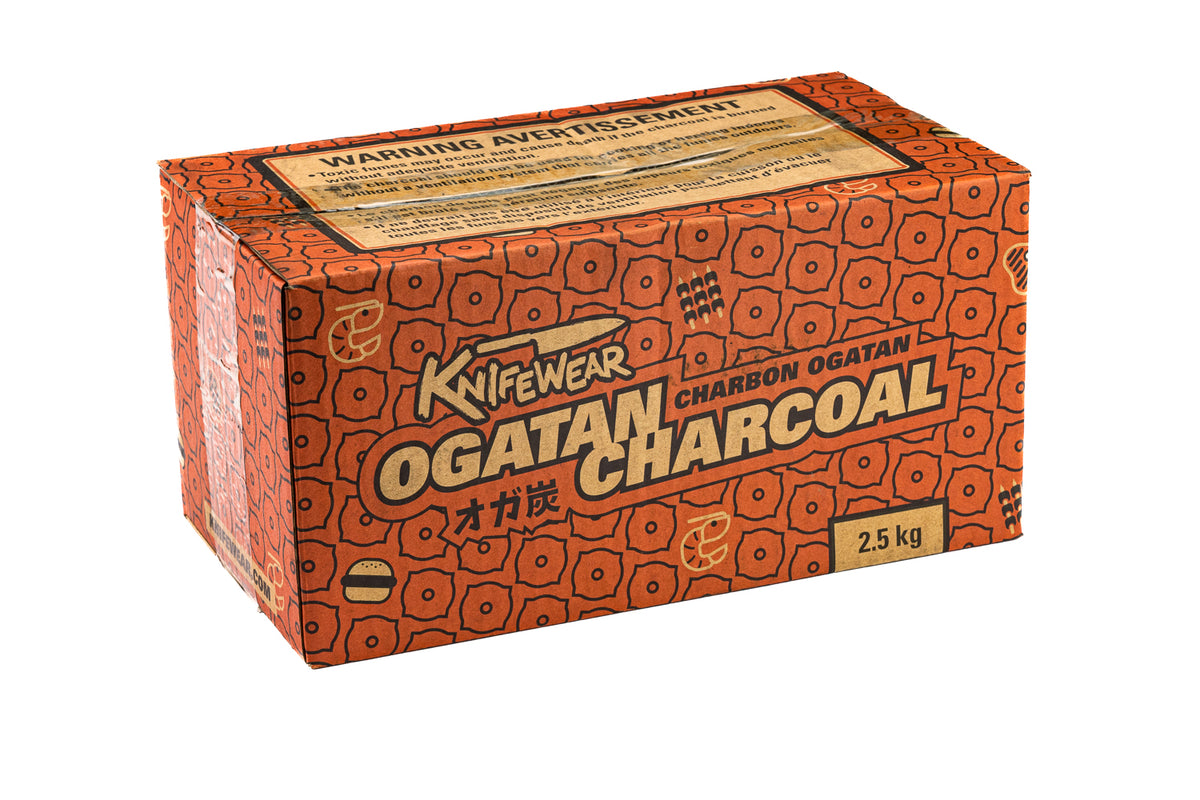

Knifewear Ogatan Charcoal
- Carbon Content: 90%
- Burn Time: 2-3 hours
- No flame and very little smoke.
- Compressed sawdust from fruitwood (trim and dead wood from orchards)
View moreTips for Starting:
- Use a chimney starter with paper in the bottom and be prepared to do it a second time.
- Make sure that all of the briquettes are stacked vertically in the chimney so the fire below can get into the centre of the coals.
- Tuck some dry kindling in and around the coals if you have it, it’ll help get a fire going.
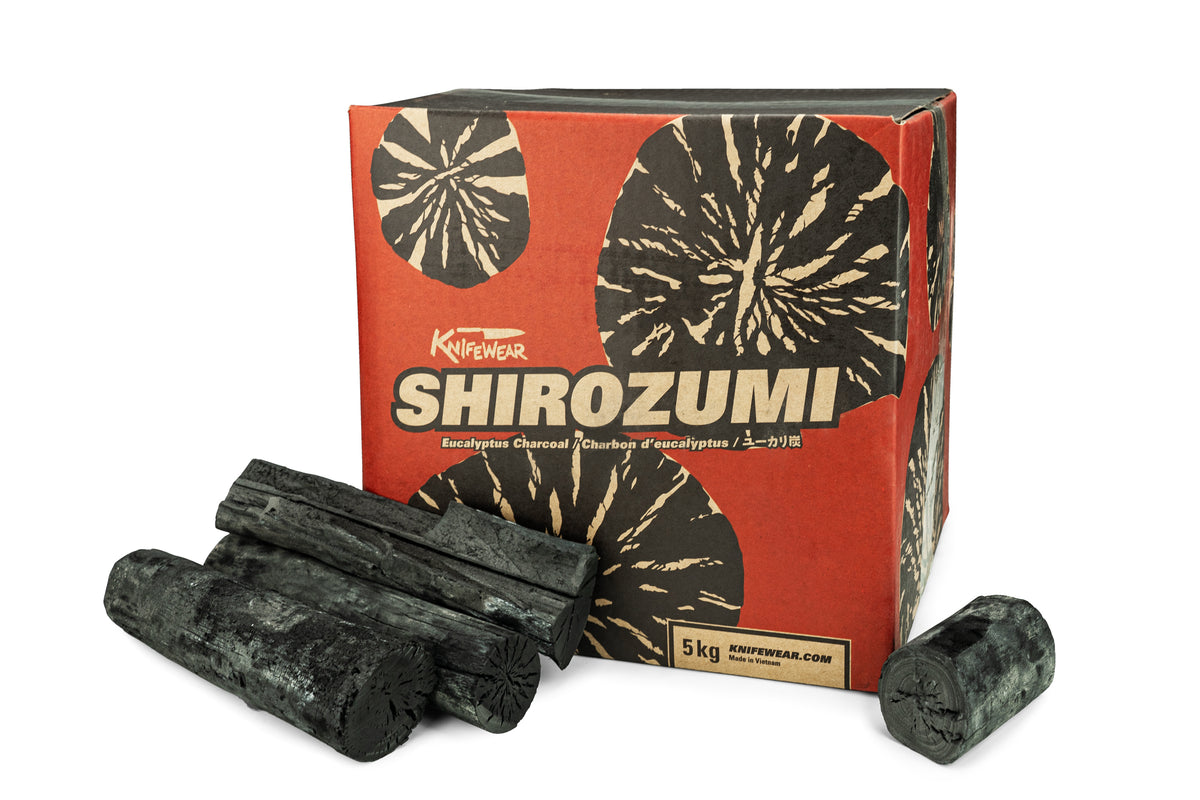
Knifewear Shirozumi Eucalyptus Charcoal
- Carbon Content: 90%
- Burn Time: 3-4 hours
- No flame and very little smoke.
- Eucalyptus - super fast growing and sustainable wood source.
View moreTips for Starting:
- Place your binchotan on a bed of already lit softer charcoal like the ogatan or even lump charcoal if you have it.
- Make sure that your coal is neatly placed in the chimney starter, all running in the same direction, and place the whole thing on a propane burner for 15 to 20 minutes.
- Use a hair dryer, fan, or shop-vac to blow air on the coals like a blacksmith’s bellows.
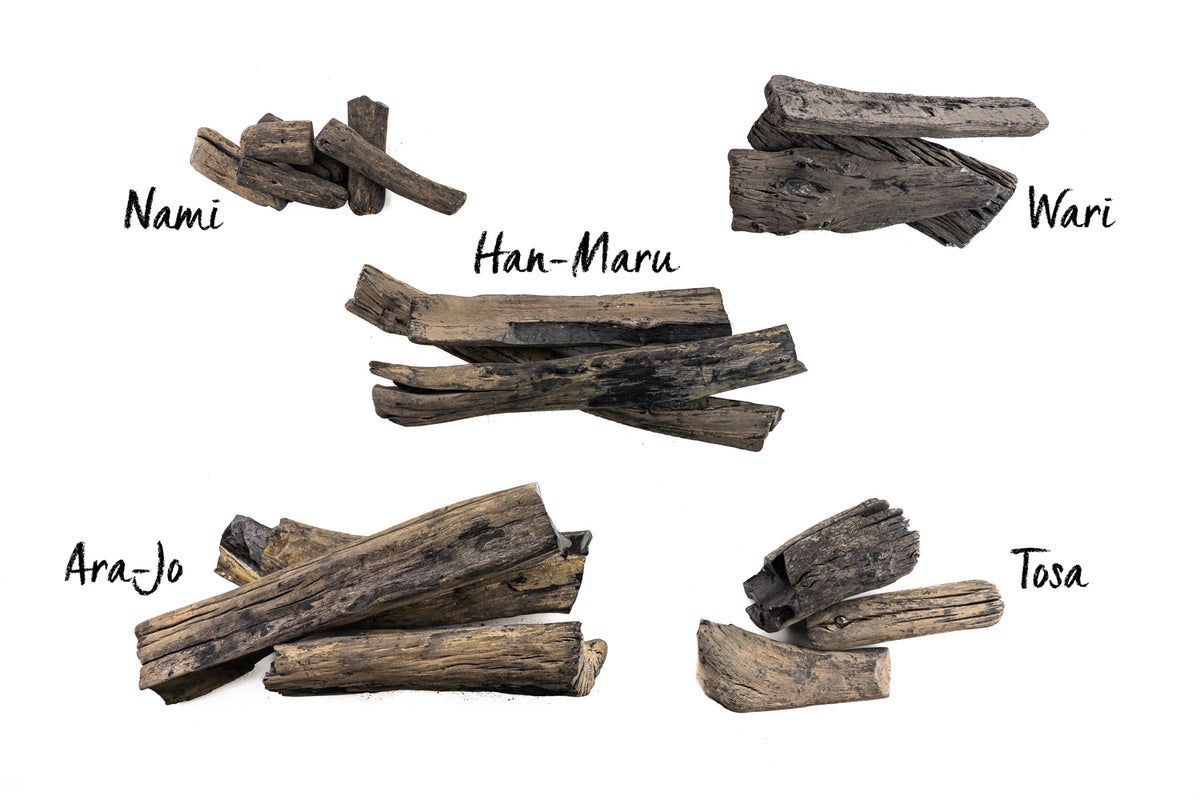





Binchotan Charcoal
- Carbon Content: 95-97%
- Burn Time: 5 to 8 hours
- No flame and very little smoke.
- Ubame Oak - very hard and dense oak.
View moreTips for starting:
- Place your binchotan on a bed of already lit softer charcoal like the ogatan or even lump charcoal if you have it.
- Make sure that your coal is neatly placed in the chimney starter, all running in the same direction, and place the whole thing on a propane burner for 15 to 20 minutes.
- Use a hair dryer, fan, or shop-vac to blow air on the coals like a blacksmith’s bellows.
Choosing which charcoal to use is likely going to be your biggest deciding factor. I like to use the ogatan for day to day grilling—easy to light, not too expensive—and the binchotan for meals where I really want to show off something unique and let subtle differences in flavour poke through. The shirozumi is going to set right in the middle and is likely going to become many people’s favourite. Make sure you pick up a chimney starter regardless of the charcoal you use, and grab a pair of King Tong so you can easily move the charcoal around your grill.

Chris Lord
Chris is a relocated Maritimer that can be found slinking in and out the back doors of Ottawa's restaurants, often with his daughter in tow. Chris has been a fixture in the Ottawa food scene for the past 10 years and has recently laid down his apron to learn the ways of Knifewear. Chris loves cooking big pieces of meat over a live fire and spends his summer feeding wood into his BBQ, Lemmy Smoke-mister.
Subscribe
Sign up to get the latest on sales, new releases and more …
